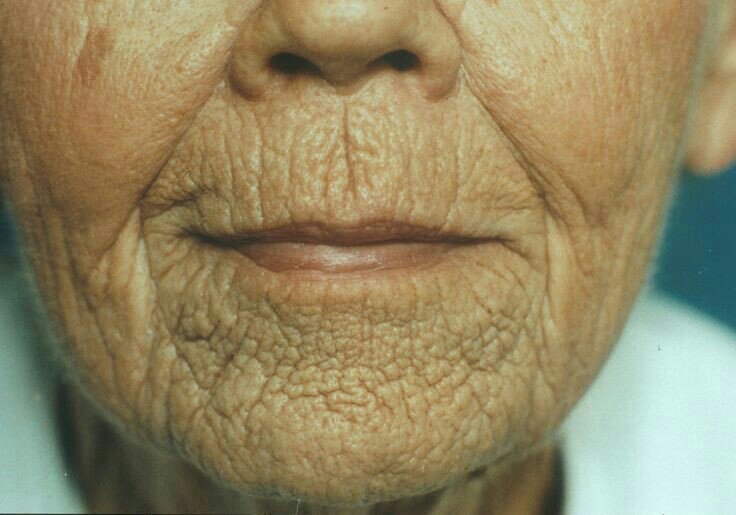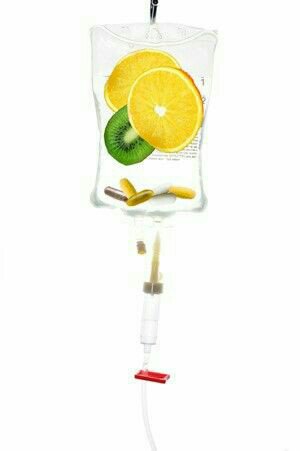Simple things, including your diet, can affect your fertility. You should know what to eat in order for you to conceive faster. Here are the top 10 foods that you should consume if you want to get pregnant sooner rather than later:
1. Chicken Broth:
Having the old-fashioned chicken soup can help you conceive faster.
However, don’t just go for any kind of chicken broth; instead choose the one that is made with bones.
You can also add a splash of vinegar, which can aid the nutrients from the bones to come out and stay in the broth.
2. Fermented Cod Liver Oil:
Since you want to get pregnant, you are probably taking a lot of supplements in hopes of getting pregnant fast.
However, it is much better to just take this supplement, which contains a lot of nutrients, including vitamin D.
3. Grass-Fed Meat:
Just like with liver, you should only consume meat whose source is grass-fed. Since the animals have a natural diet, they are healthier than cheaper and regular beef.
4. Green, Leafy Vegetables:
You already know that greens are good for you. Increase your intake when you are trying to get pregnant.
5. Kefir:
Kefir works just like yogurt. The only difference is that kefir’s good bacteria will not leave your system.
It is therefore more beneficial because it will keep on fighting the pathogens that may be in your gut.
6. Nettles Tea:
This type of tea can help your body produce more blood and strengthens your adrenals. You can find this in health food stores.
7. Lacto-Fermented Veggies:
These pertain to cultured vegetables. You may have heard about lacto-fermentation, which produces kimchee, dill pickles, and the like.
Eat these goodies to increase your chances of getting pregnant next month.
8. Liver:
Adding liver to your diet can help you get pregnant. Make sure that the liver you eat comes from an animal that is grass-fed and not grain-fed. Consume liver at least once a month, which is actually more nutritious than eating red meat every day.
9. Red Raspberry Leaf Tea:
Instead of drinking sweetened juices, opt for red raspberry leaf tea, which is a uterine tonic. You can also drink this while pregnant.
10. Salmon:
This fish is high in Omega 3 fatty acids, which are essential to women, both wanting to get pregnant and those carrying a child.
By knowing the foods that you need to eat to conceive, you can successfully plan your diet. This way, you can incorporate these healthy foods into your other techniques that support conception.




